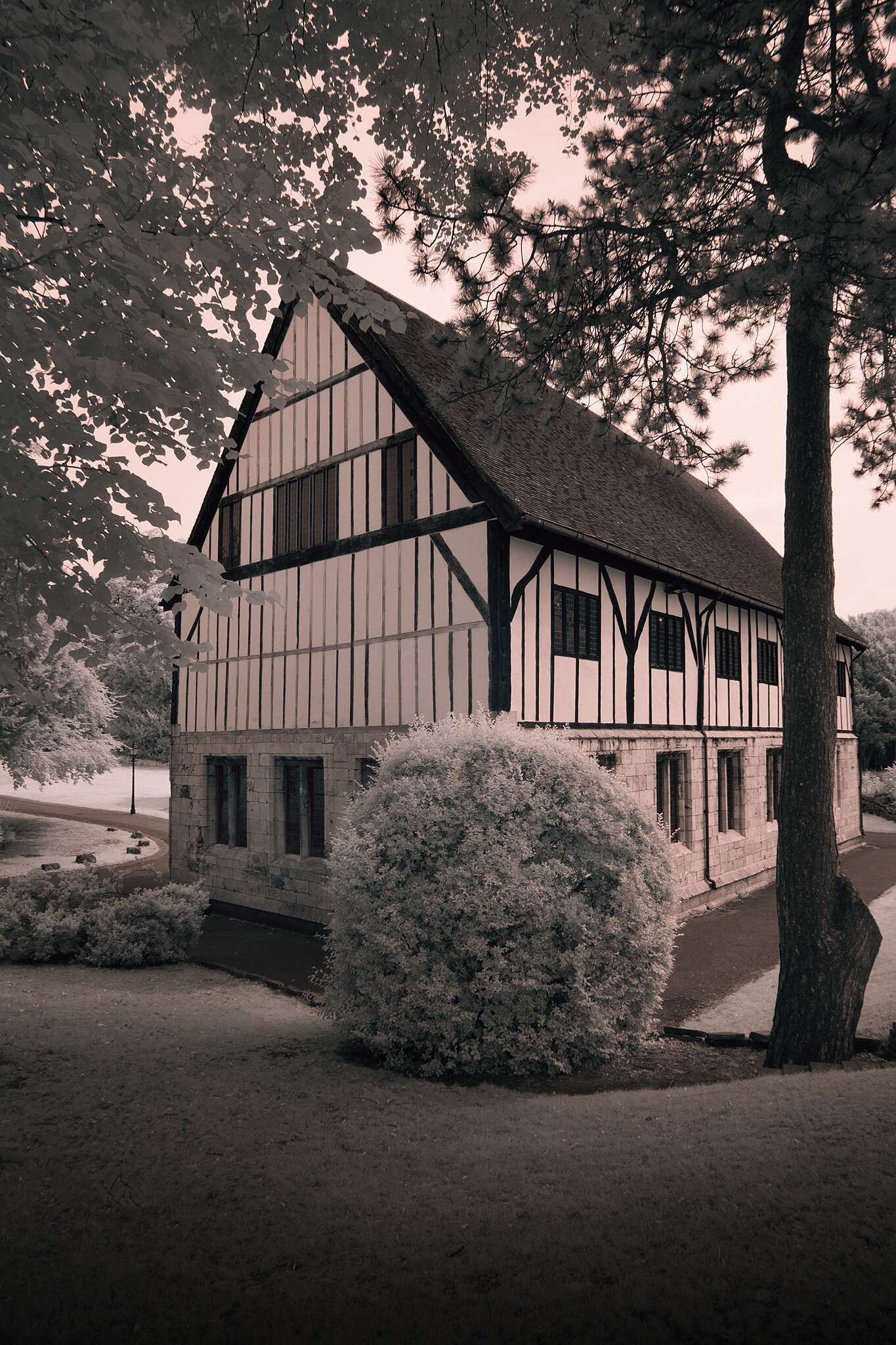St. Mary’s Abbey, York



St. Mary’s Abbey, in York, was once one of the wealthiest monasteries in England. The Abbey once occupied the whole of what is now called Museum Gardens. It was consecrated in 1088, as a Benedictine monastery, inside the city walls. The Domesday Book records the Abbot here as being one of the leading landowners.
St. Mary’s Abbey was begun when the Norman Baron, Alan Rufus, gave the Church of St. Olave’s, in York, to Abbot Steven of Lastingham. However, Rufus’s right to the church was in dispute, as the Archbishop of York also laid claim to it. King William II granted the Abbey new lands in York, and was there for the laying of the foundation stones.
The Abbey continued to be supported by King Henry I, II and III, with Henry I confirming the Abbey's possessions and privileges, which Henry II and Henry III both ratified. These privileges helped the Abbey greatly and included, exemption from Royal taxation, immunity from all pleas and quarrels, freedom from attendance and service at county courts, tithings, wapentakes and hundreds, the possession of a prison and gallows. They also owned the town of Bootham with its fair, market and liberties and a large area of property around York. In addition they also owned a large number of advowsons to churches, as well as Manors and lands.
In 1132, many of the monks at the Abbey and their Prior, attempted to introduce the stricter Cistercian way of life at the Abbey. After much argument, they were unsuccessful. The Archbishop intervened and gave them permission to leave and so they left and founded a Cistercian Abbey of their own, which became known as Fountains Abbey.
By the end of the 13th Century, almost a mile of defensive wall enclosed the Abbey’s grounds. Soon after, a new, larger, Abbey Church was built in the Decorated Gothic Style, the ruins of which can still be seen today.
The monks from St. Mary’s provided charitable services to the people of York. The poor claimed alms at the Abbey’s gate. Not everyone was happy with the Monastery though, the local merchants resented the Abbey and ransacked the Abbot’s house in 1262,1343 and 1350. The Abbey’s relationship with the citizens of York was often volatile. In 1262, the resentment was about tolls and unpaid debts.
In 1350, the dispute was over jurisdiction and who had the right to collect tolls in Bootham - the Abbey or the City? The argument became so serious that King Edward III intervened. Having heard that the Abbot’s life was being threatened, the King ordered the Mayor to issue a proclamation forbidding assemblies or attempts to hinder the monk’s movements, in any way, on pain of death.
The Hospitium dates from the 14th Century and was one of the buildings belonging to St. Mary’s Abbey and is still in use today. It's name would have us think that it was once a hospital but in fact, the name has more to do with hospitality, as the building was probably built and used to entertain important guests. It would make sense, as laymen would not be allowed to stay in the main Abbey with the monks.
We are not however, absolutely certain that we have the original purpose of this building correct. It has had several different uses and many renovations over the years. The earliest picture shows it as derelict and it wasn’t until the 19th Century that the Yorkshire Philosophical Society repaired the building, so that it could be used as a museum.
In 2008, the building underwent further restorations and running water and toilets were installed. It now belongs to the York Museum Trust and can be hired for events, including weddings.
The Yorkshire Museum was built for the Yorkshire Philosophical Society and was built into part of what remained of the cloister. While this may not be something we would allow today, this museum opened in 1830.
The museum contains a collection of medieval artefacts and statues. This includes the St. Mary’s Abbey Statues, which are literally larger than life. The original location of the statues was above the west entrance of the church. They would originally have been painted in rich colours and are an important example of 11th Century sculpture. They were discovered during excavations in 1827.
The Yorkshire Museum also houses the Middleham Jewel. It was found at Middleham Castle and is one of the finest pieces of medieval gold work ever to be found. For more artefacts from the museum, visit my website.
The area around York Minster was always one of the wealthiest in the city and contained a number of goldsmiths workshops. One of the favourite gems of Bishops were sapphires, as they were known for their purity and wisdom. Most were imported from the Far East and so were very expensive. You did not go and choose a ring at this time, you chose specific stones for specific reasons and had a ring made for you. For example, pearls signified purity, garnets were believed to strengthen the heart.
The cap may not look like much but it is a rare survival. Made of hand-spun, un-dyed silk, it was imported to York from Iran, by Viking traders, and dates from the 9th Century. It was preserved in waterlogged soil for hundreds of years.










